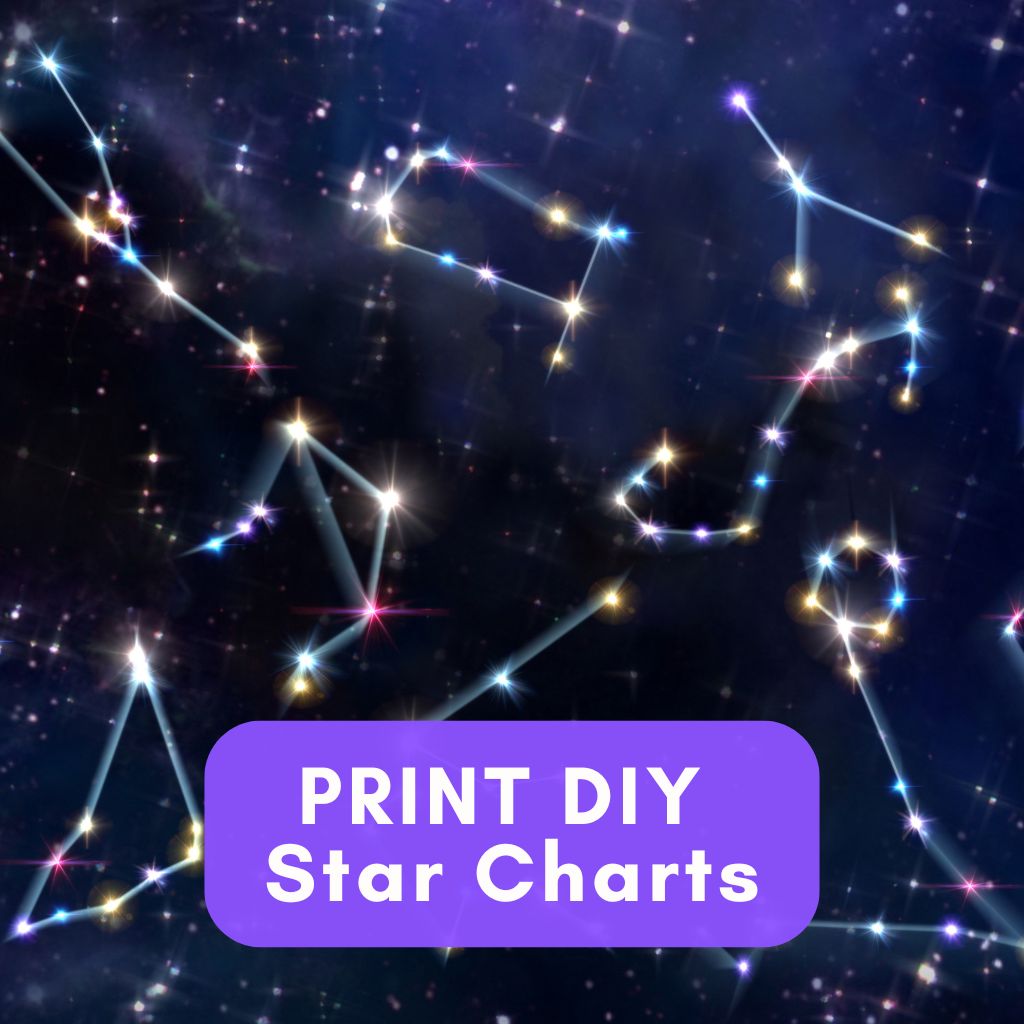This site contains affiliate links to products. I may receive a commission for purchases made through these links.
There’s nothing quite like gazing up at the night sky, admiring the stars. But wouldn’t it be even better if you could bring that starry spectacle into your own home? That’s where DIY star charts come into play.
Creating your own star charts isn’t as complicated as it sounds. With the right tools and a bit of patience, you’ll have your own personal map of the cosmos in no time. In this article, I’ll guide you through the process step by step, making it as easy as pie.
So, if you’re ready to start your journey into the cosmos, let’s get started. Trust me, once you’ve made your first star chart, you’ll be hooked. It’s a fun, educational, and truly unique DIY project that’s perfect for astronomy enthusiasts of all ages.
1. Gather Materials and Tools
I love diving into DIY projects and what makes them run so smoothly is having all the right materials and tools gathered at the start. For our DIY Star Charts project, you’ll need a handful of items.
Art Supplies:
- Paper: The type of paper you’ll use will depend on your preference and the look you’re going for. High-quality cardstock provides durability and a classic feel. Regular printer paper will work fine if you’re planning to frame your star chart.
- Ink: Black ink is typically used to ensure visibility of the star chart’s intricate details. A good quality printer ink will give you crisp, clear images.
- Markers, Colored Pencils, or Watercolors: Use these to color your star chart or add extra detailing.
- A Printer: A high-quality printer capable of printing detailed images is key.
- Computer with Internet Connection: You’ll need this to access online star chart generators and to customize your chart.
- Star Charting Software: There are several free options available online, like Stellarium and others.
Finally, you’ll need a Space to Work: Find a flat surface with good lighting. This could be a table, desk, or even a clean kitchen counter. Be prepared to spend some time on this. Creating star charts isn’t a rushed project. It’s something you want to take your time over, enjoying each step of the process.
It’s also handy to have some Reference Materials on the side. While the online tools have plenty of information, having a physical book or star chart to reference might help you in adding those detailed touches.
2. Choose a Star Chart Design
Selecting the best design for your DIY star chart is another important factor for this project. The design should reflect your personal style as well as the specific astronomical features you’re interested to display. For some, a minimalist design might be the best choice. Others might prefer a more detailed map of the night sky with notations on constellations, stars, and celestial bodies.
When choosing a star chart design, it’s wise to consider the ease of creation and level of detail. Most online resources offer a range of templates and designs, ranging from simple and beginner-friendly, to intricate and challenging for the more experienced artists. A quick online search can provide you with countless options for downloadable star chart designs. While some templates may cost money, keep an eye out for my many available free resources.
After selecting a design, make sure to download it. Ensure your printer can handle the details and dimensions of the design. Additionally, it’s a good idea to have your reference materials at the ready. These materials can provide additional guidance and precision as you work on your star chart.
At this stage, you may want to gather the materials necessary such as markers or colored pencils. Given the diverse spectrum of star colors, from cool blues to warm reds and yellows, having a variety of colors on hand will be crucial to capturing the celestial bodies accurately on your chart.
Choosing the right design is a fun step in the process of creating your own DIY star chart. It allows for a creative expression and paves the way for an immersive, educational adventure into the cosmos.
3. Prepare the Star Chart Template
We know very well that a little carelessness in this step can lead to a disappointing end product. So, let’s prepare it skillfully. The key is personalization; your star chart should reflect your unique perspective of the night sky.
To start with, you’ll need a reliable source for star chart data. Numerous online platforms offer a wealth of data on celestial bodies. Some of my favorites include Stellarium, Microsoft’s Worldwide Telescope, and Google Sky. These platforms provide valuable information, such as constellations, star sizes, and other celestial bodies that can be customized to your liking. Please remember the accurate depiction of the night sky hinges on correct data.
Once you’ve gathered your data, the design process begins. Here, software like Adobe Illustrator or Inkscape can come in handy. They’re replete with tools that can help depict the stars as you want them. If you’re not familiar with these tools, don’t worry. There’s a host of video tutorials available online to guide you.
Further, attention to detail is instrumental in convincingly representing the night scene. Add color to your stars and/or constellations to create depth and make your chart come alive. For a darker background, allocate a darker shade for your chart, as it brings out the contrast.
Creating a legend for your chart might be quite helpful. The legend can include distinctions between star sizes or constellation names. This step can bring a sense of order and improved readability to your chart.
4. Print and Assemble Your Star Chart
Now that we’ve got our star chart designed and ready, it’s time to bring it into the real world. As we move onto this stage, remember – it’s not just about slapping ink on paper. It’s about crafting a piece that has both aesthetic charm and scientific accuracy.
To kick things off, I’ll share some pointers on selecting the perfect printing material. While regular printer paper may be tempting, I suggest going for thicker paper options like cardstock or matte photo paper. This not only enhances the overall look and feel of your star chart but also increases its durability.
Once you’ve picked your paper, it’s time to consider the printer. A high-quality printer is crucial to maintaining the clarity and detail of your design. Inkjet printers generally offer better color reproduction and are more suited for projects like this.
Before hitting the print button, double-check your printer settings. You want to ensure the settings are tailored to your chosen paper type, and the print quality is set to the highest level. This way, all the intricate details of your star chart get imprinted perfectly.
Now that we have our printed star chart, there’s just one step left – assembly. Depending on your design and personal preference, you can:
- Mount it on a foam board.
- Frame it.
- Laminate it.
Whichever route you choose, remember – your star chart is a work of art. It deserves a presentation that not only protects it but celebrates it.
Conclusion
So there you have it! With the right materials and a bit of creativity, you can print and assemble your own DIY star chart. Remember, the key is to use high-quality printing materials and a good printer to ensure your star chart is clear and detailed. Assembling it in a way that suits your needs, whether that’s mounting on foam board, framing, or laminating, will add the finishing touch.
The end result? A durable, visually appealing star chart that’s perfect for stargazing. Isn’t it amazing that you can bring the beauty of the night sky right into your home? Now, all that’s left is to step outside on a clear night and let the stars guide your way. Happy stargazing!








